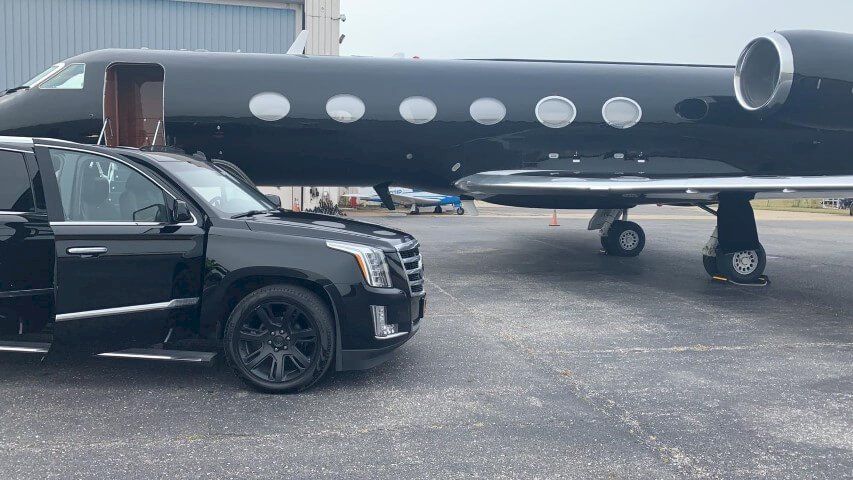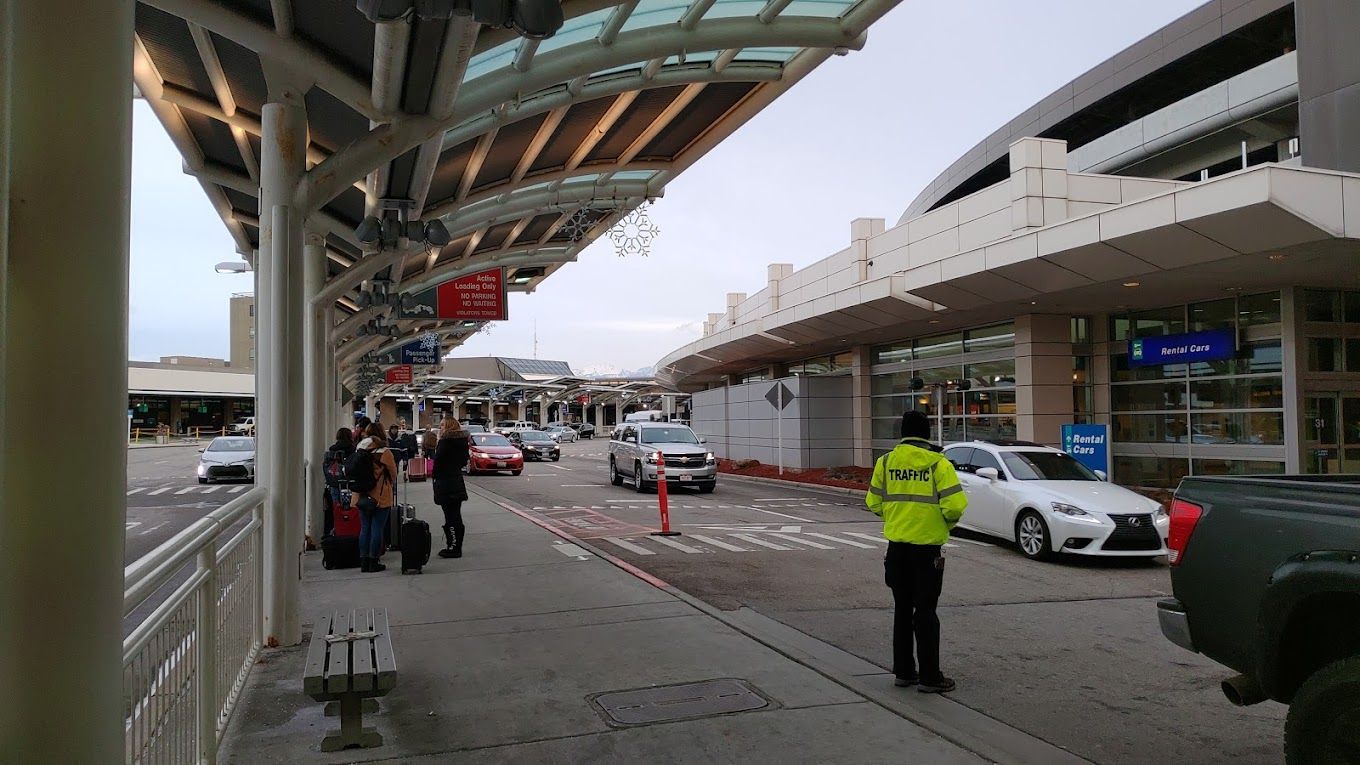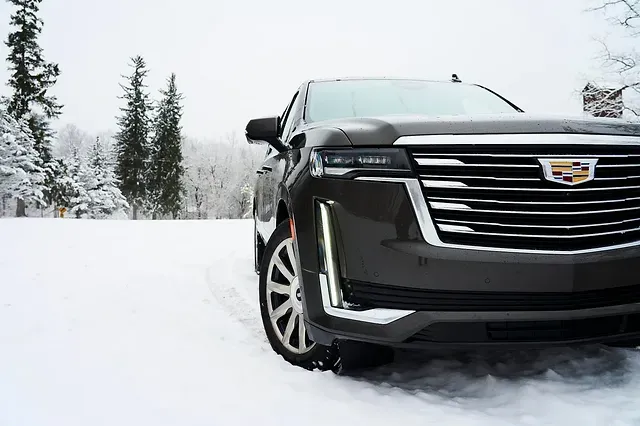The Essential Significance of Dependability in Luxury Transportation Services

Luxury transportation isn’t just about plush leather seats, gleaming exteriors, or a complimentary glass of champagne. At its core, luxury transportation is a promise—one of punctuality, comfort, and trust. For travelers who demand excellence, reliability isn't just a nice-to-have; it's a non-negotiable aspect of the experience.
Whether it's a high-powered executive attending a business summit, a globe-trotting traveler making their way to a luxury ski chalet, or an executive stepping out at the Sundance Film Festival, reliable transportation can make or break their experience. This blog explores the pivotal role of reliability in luxury transportation services and why it sets the best providers apart in an industry where perfection is the expectation.
What Defines Reliability in Luxury Transport?
Reliability in luxury transportation transcends the idea of showing up on time. It’s about consistent excellence in every aspect of the service, ensuring that clients are not only satisfied but genuinely delighted.
Hallmarks of Reliability in Luxury Transport:
- Punctuality: Being late, even by a few minutes, can compromise a traveler’s schedule and create unnecessary stress. Reliable services understand the value of timeliness and go the extra mile to stick to a precise schedule.
- Flawless Maintenance: Luxury transportation providers ensure that their fleets are impeccably maintained so that every ride is both safe and smooth.
- Uninterrupted Communication: Clear and seamless communication—from booking confirmations to real-time updates during travel—is a significant marker of reliability.
- Preparedness for Contingencies: Whether it’s rerouting due to traffic or upgrading vehicles during unforeseen issues, true reliability means never letting clients down.
For a luxury traveler, reliability often includes elements that go beyond standard transportation services. Unlike generic services, luxury providers need to anticipate and solve problems proactively, ensuring every experience is extraordinary.
How Reliability Transforms the Customer Experience
There’s a reason why customer testimonials and case studies often underscore reliability as a standout feature in this industry. When travelers opt for luxury transportation, they’re doing more than booking a ride—they’re placing their trust in the service to deliver a flawless experience.
Testimonial Spotlight:
"I booked a private car service for Sundance, where timing is everything. The team not only ensured I arrived ahead of schedule but even managed to coordinate pick-ups for my colleagues without missing a beat—truly world-class service!"
— Rebecca T., Business Executive
Benefits That Reliable Services Bring:
- Stress-Free Travel: Knowing a service will deliver as promised allows clients to relax and focus on their priorities, whether it’s business calls or enjoying scenic views.
- Enhanced Reputation: For professionals or social events, arriving on time and in a pristine vehicle adds to their personal or brand image.
- Memorable Journeys: A reliable service ensures that the experience is smooth and enjoyable, creating lasting positive impressions and loyal clientele.
Reliable transportation is more than logistics—it reflects respect for the client’s time, trust, and expectations.
The Challenges of Consistently Delivering Reliability
Ensuring reliability in luxury transportation is no small feat. Providers often grapple with a host of challenges that could disrupt services, yet the industry leaders find innovative ways to rise above them.
Common Challenges:
- Unpredictable Weather: Rain, snow, unexpected storms—luxury transportation providers must be prepared for sudden environmental changes that could impact timelines and safety.
- Traffic Congestion: High-profile events like Sundance or busy cities can create bottlenecks, making it crucial to have smart rerouting strategies in place.
- Fleet Maintenance: When you're catering to a discerning clientele, even minor mechanical hiccups are unacceptable.
Proven Strategies for Reliability:
- 24/7 Fleet Monitoring: Advanced tracking systems ensure all vehicles are accounted for, monitored, and ready for deployment at a moment’s notice.
- Experienced Chauffeurs: Professional drivers with extensive local knowledge and training can adapt to changing conditions quickly and safely.
- Proactive Scheduling: Luxury providers often invest in extra planning buffers, ensuring they accommodate unforeseen delays while sticking to client timelines.
Meeting challenges head-on reaffirms a brand’s reputation and sets a gold standard for reliability in the market.
Technology at the Heart of Dependability
Modern technologies have transformed the luxury transportation experience. These innovations ensure services remain seamless, regardless of hurdles.
Cutting-Edge Solutions:
- AI-Powered Route Optimization
AI algorithms analyze real-time traffic patterns, selecting the fastest, most efficient routes to avoid delays.
- Predictive Maintenance Systems
Sensors installed in luxury fleets can predict mechanical issues before they arise, minimizing downtime and ensuring safety.
- Customer-Centric Mobile Apps
Integrated applications allow clients to book, track rides, and communicate with drivers in real-time, offering full transparency.
- Future Trends
Emerging advancements, such as autonomous luxury vehicles and green fleet options, are set to redefine reliability and sustainability in the coming years.
By integrating such technologies, the industry continues to meet the rising expectations of a discerning clientele.
The Business Case for Reliability
Reliability isn’t just good for business—it’s essential. For many luxury transportation providers, it’s the foundation of their customer retention strategies and a key driver of profitability.
Why Reliability Equals Success:
- Customer Loyalty
Businesses that prioritize reliability often see higher retention rates. Sustainable, long-term relationships emerge from trust built through dependable service.
- Improved Brand Reputation
Word-of-mouth recommendations in the luxury space are invaluable. Consistently reliable services earn testimonials, referrals, and five-star reviews.
- Cost Benefits
While investing in advanced technologies or additional training may increase upfront costs, efficient operations lead to fewer cancellations, better resource management, and bolstered profitability over time.
Luxury service is ultimately about value, and reliability significantly enhances that value proposition.
Crafting Excellence in Every Mile
Reliability is the unsung hero of exceptional luxury transportation. It underpins every client experience, drives customer loyalty, and strengthens a brand’s position in the competitive luxury market. Whether you’re an executive preparing for an industry conference or a globetrotter heading to Sundance, knowing you can count on your transportation service is priceless.
The future of luxury transportation is bright—and dependable. Providers who invest in reliability through planning, technology, and customer focus will be the ones defining the industry's gold standard.
Looking to experience luxury transportation that never compromises on reliability? Discover how dependability can elevate your travel with Executive Limo Solutions—your trusted partner in excellence.














